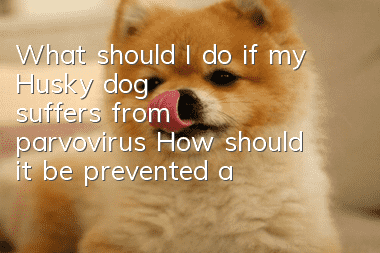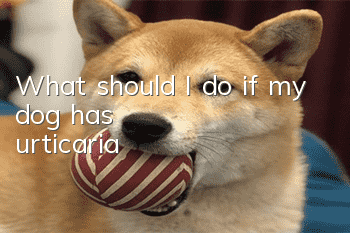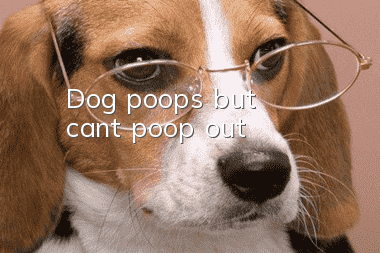What should I do if my Husky dog suffers from parvovirus? How should it be prevented and treated?

Huskies have a relatively silly nickname of "Er Ha". While people are making fun of them, they ignore the risk of getting sick. Parvovirus is a very common disease in dogs. If not treated in time, the mortality rate is also high. Therefore, if your Husky dog gets parvovirus, you should send it to the pet hospital as soon as possible to see how it should be treated. It is the owner's responsibility and obligation to treat the dog well and restore the dog's health.
1. What is "canine parvovirus"?
"Canine parvovirus hemorrhagic enteritis", commonly known as "intestinal inversion", is a common and important infectious disease in Huskies.
Clinical symptoms are characterized by vomiting, blood in the stool, and sepsis, with sudden onset and rapid death.
Therefore, if a Husky is generally found to have the above symptoms, it should be sent to the hospital for medical treatment quickly, so as not to waste precious dog treatment time.
There are generally five reasons why Huskies die from canine parvovirus:
1. Acute myocarditis,
2. Toxic sepsis,
3. Blood loss, dehydration, electrolyte imbalance, systemic failure and shock,
4. Secondary intussusception,
5. Secondary acute pancreatitis.
2. How to prevent and treat Huskies from being infected with “canine parvovirus”?
1. Immunization should be done regularly.
The inactivated canine parvovirus vaccines produced in China are all used in combination with other vaccines.
When using the canine pentavalent attenuated vaccine, Husky puppies between 30 and 90 days old should be injected three times, and Husky puppies over 90 days old should be injected twice, with an interval of 2-4 weeks between each time. Inject one dose (2 ml) each time, and then boost immunity once every six months.
When using the dual vaccine for canine hepatitis and enteritis, dogs between 30 and 90 days old should be vaccinated three times, and dogs over 90 days old should be vaccinated twice, with an interval of 2-4 weeks between each time, and each injection is 1 ml.
2. When the disease breaks out in dogs, they should be isolated in time. Use 2-4% caustic soda, 1% formalin, 0.5% peracetic acid or 5-6% perchloric acid for the kennels and feeding equipment of the huskies. Sodium (32-fold dilution) for repeated disinfection.
Dogs that are unlikely to be cured should be killed as soon as possible, burned and buried deeply. Third, symptomatic and supportive therapy should be adopted for mild cases. For enteritis-type cases, due to excessive salt loss due to dehydration, timely and appropriate rehydration is very important.important.
In order to prevent secondary infection, antibiotics should be injected on time. Anti-canine parvovirus hyperimmune serum can also be used for treatment. The dosage is: subcutaneous or intramuscular injection of 5-10 ml per dog, once a day or every other day, 2-3 times in a row.
3. Traditional Chinese Medicine Therapy (Folk Recipes) to Prevent and Treat “Canine Parvovirus”:
"Baiwu Decoction" prescription: 15 grams of Pulsatilla, 15 grams of Black Plum, 5 grams of coptis, 5 grams of Cortex Phellodendron, 10 grams of Turmeric, and 10 grams of Myrobalan.
Usage: Add 1000 grams of water, boil for several times, take the soup and drink it when it is warm, one dose per day. If the sick dog's vomiting is too severe, metoclopramide injection can be injected about 2 hours before oral administration; if the sick dog is severely dehydrated, it should be supplemented with infusion treatment.
- How to tell if your dog is in a good mood? Teach you how to understand your dog’s mood!
- How to train a dog not to jump at people? Correctly correct the problem of dogs jumping at people!
- How to treat interdigital inflammation in dogs
- What diseases are pugs prone to?
- How to train a Dalmatian dog? How to train a Dalmatian dog!
- What does it mean if your dog has constant body odor?
- How to Treat Dog Colds?
- What preparations should be made before a dog gives birth?
- How to train a cat to use cat litter? A must-read for cat owners!
- When is the best time to train a Border Collie?



